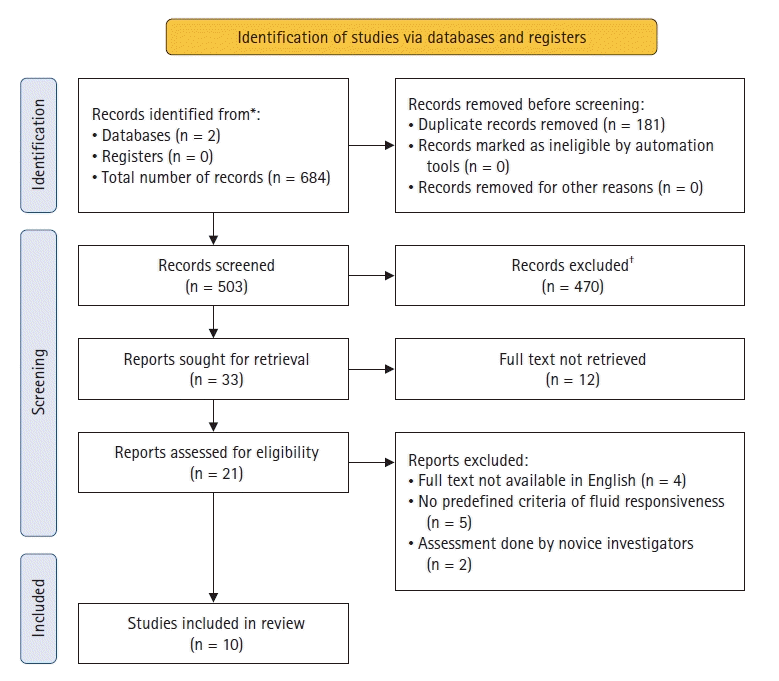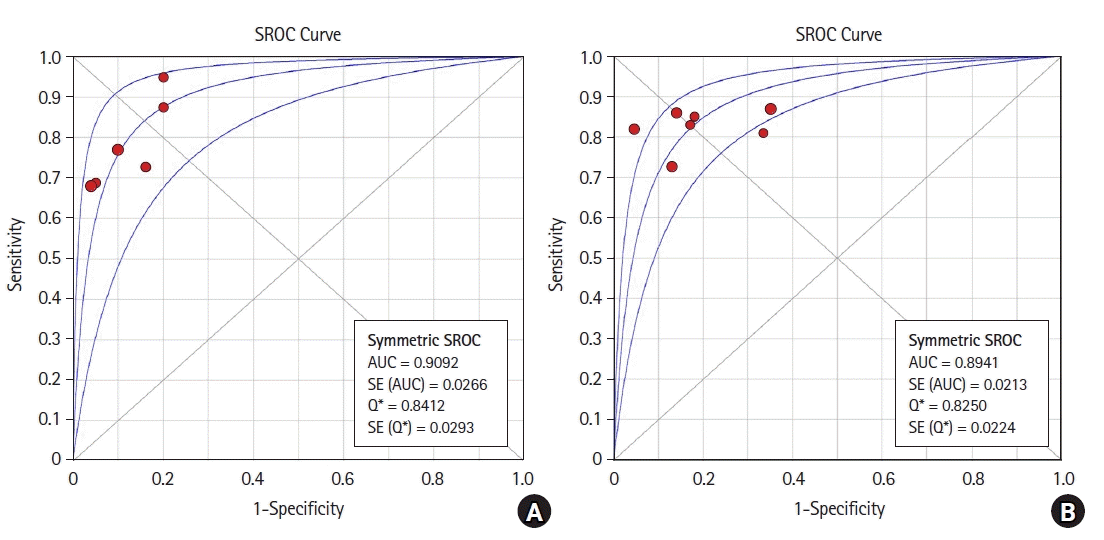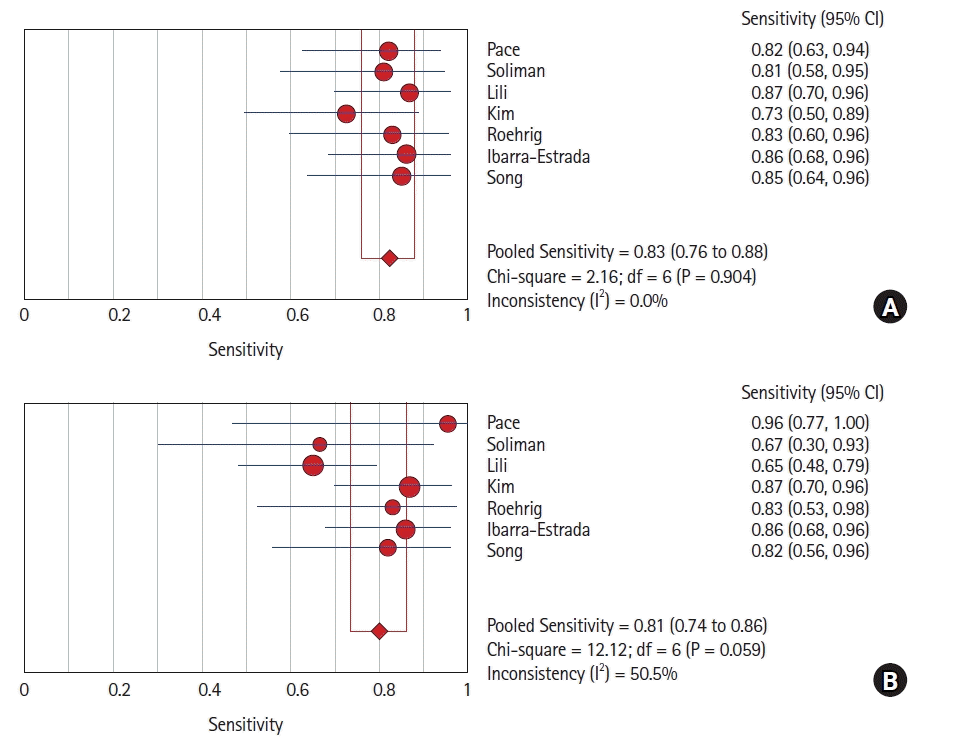1. Rhodes A, Evans LE, Alhazzani W, Levy MM, Antonelli M, Ferrer R, et al. Surviving sepsis campaign: international guidelines for management of sepsis and septic shock: 2016. Intensive Care Med. 2017; 43:304–77.
2. Cecconi M, De Backer D, Antonelli M, Beale R, Bakker J, Hofer C, et al. Consensus on circulatory shock and hemodynamic monitoring. Task force of the European Society of Intensive Care Medicine. Intensive Care Med. 2014; 40:1795–815.
3. De Backer D, Vincent JL. Should we measure the central venous pressure to guide fluid management? Ten answers to 10 questions. Crit Care. 2018; 22:43.
4. Guerin L, Monnet X, Teboul JL. Monitoring volume and fluid responsiveness: from static to dynamic indicators. Best Pract Res Clin Anaesthesiol. 2013; 27:177–85.
5. Nuttall G, Burckhardt J, Hadley A, Kane S, Kor D, Marienau MS, et al. Surgical and patient risk factors for severe arterial line complications in adults. Anesthesiology. 2016; 124:590–7.
6. Hassan S, Turner P. Systolic time intervals: a review of the method in the non-invasive investigation of cardiac function in health, disease and clinical pharmacology. Postgrad Med J. 1983; 59:423–34.
7. van Houte J, Raaijmaakers AE, Mooi FJ, Meijs LP, de Boer EC, Suriani I, et al. Evaluating corrected carotid flow time as a non-invasive parameter for trending cardiac output and stroke volume in cardiac surgery patients. J Ultrasound. 2023; 26:89–97.
8. Page MJ, McKenzie JE, Bossuyt PM, Boutron I, Hoffmann TC, Mulrow CD, et al. The PRISMA 2020 statement: an updated guideline for reporting systematic reviews. BMJ. 2021; 372:n71.
9. Whiting PF, Rutjes AW, Westwood ME, Mallett S, Deeks JJ, Reitsma JB, et al. QUADAS-2: a revised tool for the quality assessment of diagnostic accuracy studies. Ann Intern Med. 2011; 155:529–36.
10. Jung S, Kim J, Na S, Nam WS, Kim DH. Ability of carotid corrected flow time to predict fluid responsiveness in patients mechanically ventilated using low tidal volume after surgery. J Clin Med. 2021; 10:2676.
11. Soliman M, Magdi A, Fatthy M, El-Sherif R. The validity of carotid doppler peak velocity and inferior vena cava collapsibility index in identifying the fluid responders in mechanically ventilated septic shock patients. Open Access Maced J Med Sci. 2022; 10:383–8.
12. Ibarra-Estrada MÁ, López-Pulgarín JA, Mijangos-Méndez JC, Díaz-Gómez JL, Aguirre-Avalos G. Respiratory variation in carotid peak systolic velocity predicts volume responsiveness in mechanically ventilated patients with septic shock: a prospective cohort study. Crit Ultrasound J. 2015; 7:29.
13. Pace R, Lassola S, Miori S, Cammarota G, Barbariol F, Vetrugno L. Carotid vs. aortic velocity time integral and peak velocity to predict fluid responsiveness in mechanically ventilated patients. A comparative study. Minerva Anestesiol. 2022; 88:352–60.
14. Kimura A, Suehiro K, Juri T, Tanaka K, Mori T. Changes in corrected carotid flow time induced by recruitment maneuver predict fluid responsiveness in patients undergoing general anesthesia. J Clin Monit Comput. 2022; 36:1069–77.
15. Xu L, Dai S, Shen J, Lv C, Tang Y, Chen X. The predictive ability of carotid artery corrected flow time and respirophasic variation in blood flow peak velocity measured by ultrasonography for fluid responsiveness in parturients for cesarean delivery. Minerva Anestesiol. 2020; 86:1039–46.
16. Barjaktarevic I, Toppen WE, Hu S, Aquije Montoya E, Ong S, Buhr R, et al. Ultrasound assessment of the change in carotid corrected flow time in fluid responsiveness in undifferentiated shock. Crit Care Med. 2018; 46:e1040–6.
17. Altman DG, Bland JM. How to obtain the P value from a confidence interval. BMJ. 2011; 343:d2304.
18. Kim DH, Shin S, Kim N, Choi T, Choi SH, Choi YS. Carotid ultrasound measurements for assessing fluid responsiveness in spontaneously breathing patients: corrected flow time and respirophasic variation in blood flow peak velocity. Br J Anaesth. 2018; 121:541–9.
19. Cherpanath TG, Geerts BF, Lagrand WK, Schultz MJ, Groeneveld AB. Basic concepts of fluid responsiveness. Neth Heart J. 2013; 21:530–6.
20. Roehrig C, Govier M, Robinson J, Aneman A. Carotid doppler flowmetry correlates poorly with thermodilution cardiac output following cardiac surgery. Acta Anaesthesiol Scand. 2017; 61:31–8.
21. Song Y, Kwak YL, Song JW, Kim YJ, Shim JK. Respirophasic carotid artery peak velocity variation as a predictor of fluid responsiveness in mechanically ventilated patients with coronary artery disease. Br J Anaesth. 2014; 113:61–6.
22. Ma IW, Caplin JD, Azad A, Wilson C, Fifer MA, Bagchi A, et al. Correlation of carotid blood flow and corrected carotid flow time with invasive cardiac output measurements. Crit Ultrasound J. 2017; 9:10.
23. Abbasi A, Azab N, Nayeemuddin M, Schick A, Lopardo T, Phillips GS, et al. Change in carotid blood flow and carotid corrected flow time assessed by novice sonologists fails to determine fluid responsiveness in spontaneously breathing intensive care unit patients. Ultrasound Med Biol. 2020; 46:2659–66.
24. Abbasi A, Nayeemuddin M, Azab N, Schick A, Lopardo T, Phillips GS, et al. Respiratory variation in carotid artery peak systolic velocity is unable to predict fluid responsiveness in spontaneously breathing critically ill patients when assessed by novice physician sonologists. J Intensive Care Med. 2021; 36:885–92.
25. Mohammadinejad P, Hossein-Nejad H. Calculation of corrected flow time: Wodey’s formula vs. Bazett’s formula. J Crit Care. 2018; 44:154–5.
26. Yao B, Liu JY, Sun YB. Respiratory variation in peripheral arterial blood flow peak velocity to predict fluid responsiveness in mechanically ventilated patients: a systematic review and meta-analysis. BMC Anesthesiol. 2018; 18:168.
27. Yin WH, Chen Y, Jin XD, Zuo YY, Kang Y, Wang B, et al. Measurement of peak velocity variation of common carotid artery with bedside ultrasound to estimate preload in surgery ICU. Sichuan Da Xue Xue Bao Yi Xue Ban. 2013; 44:624–8.
28. Lu N, Xi X, Jiang L, Yang D, Yin K. Exploring the best predictors of fluid responsiveness in patients with septic shock. Am J Emerg Med. 2017; 35:1258–61.
29. Beier L, Davis J, Esener D, Grant C, Fields JM. Carotid ultrasound to predict fluid responsiveness: a systematic review. J Ultrasound Med. 2020; 39:1965–76.




 PDF
PDF Citation
Citation Print
Print







 XML Download
XML Download